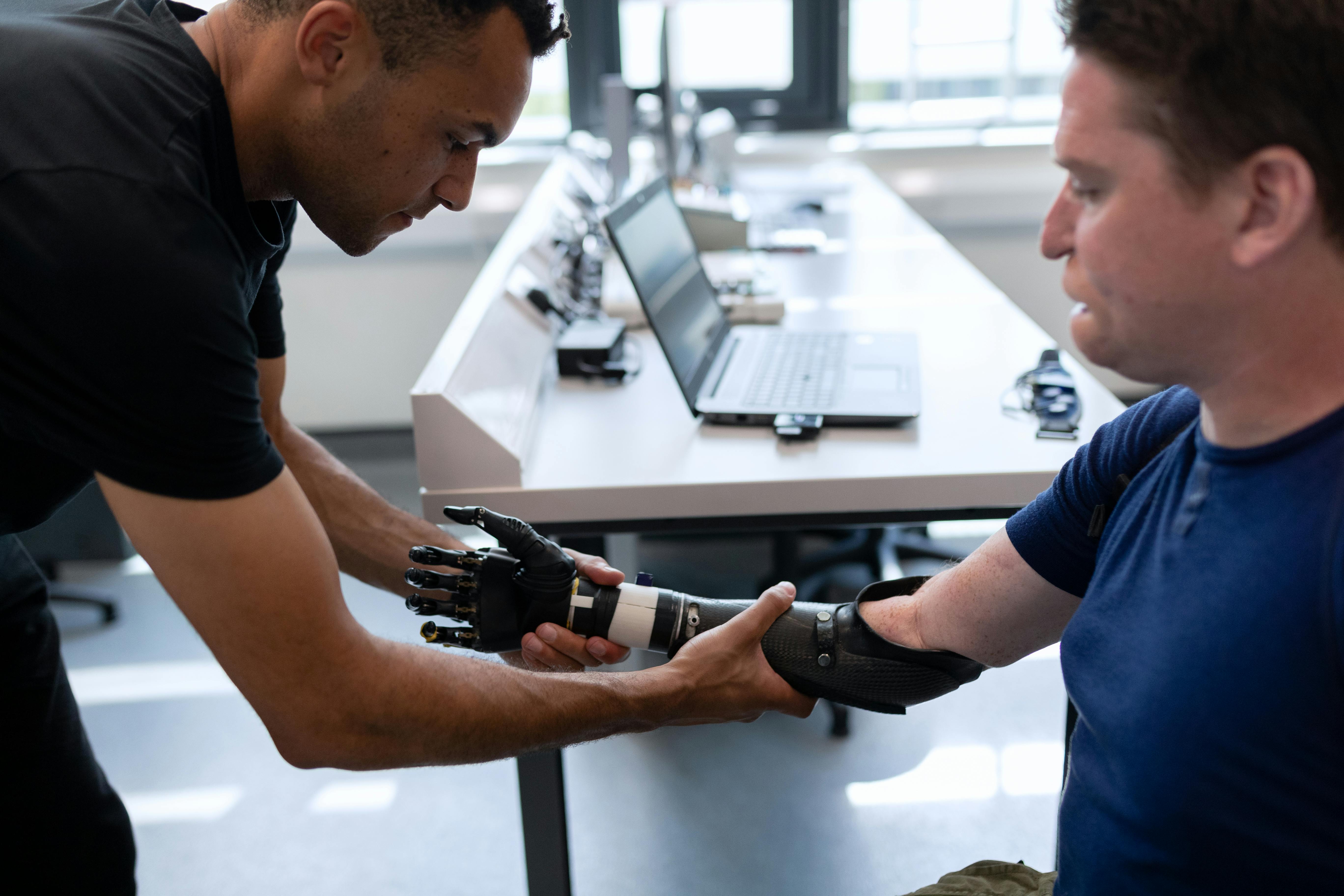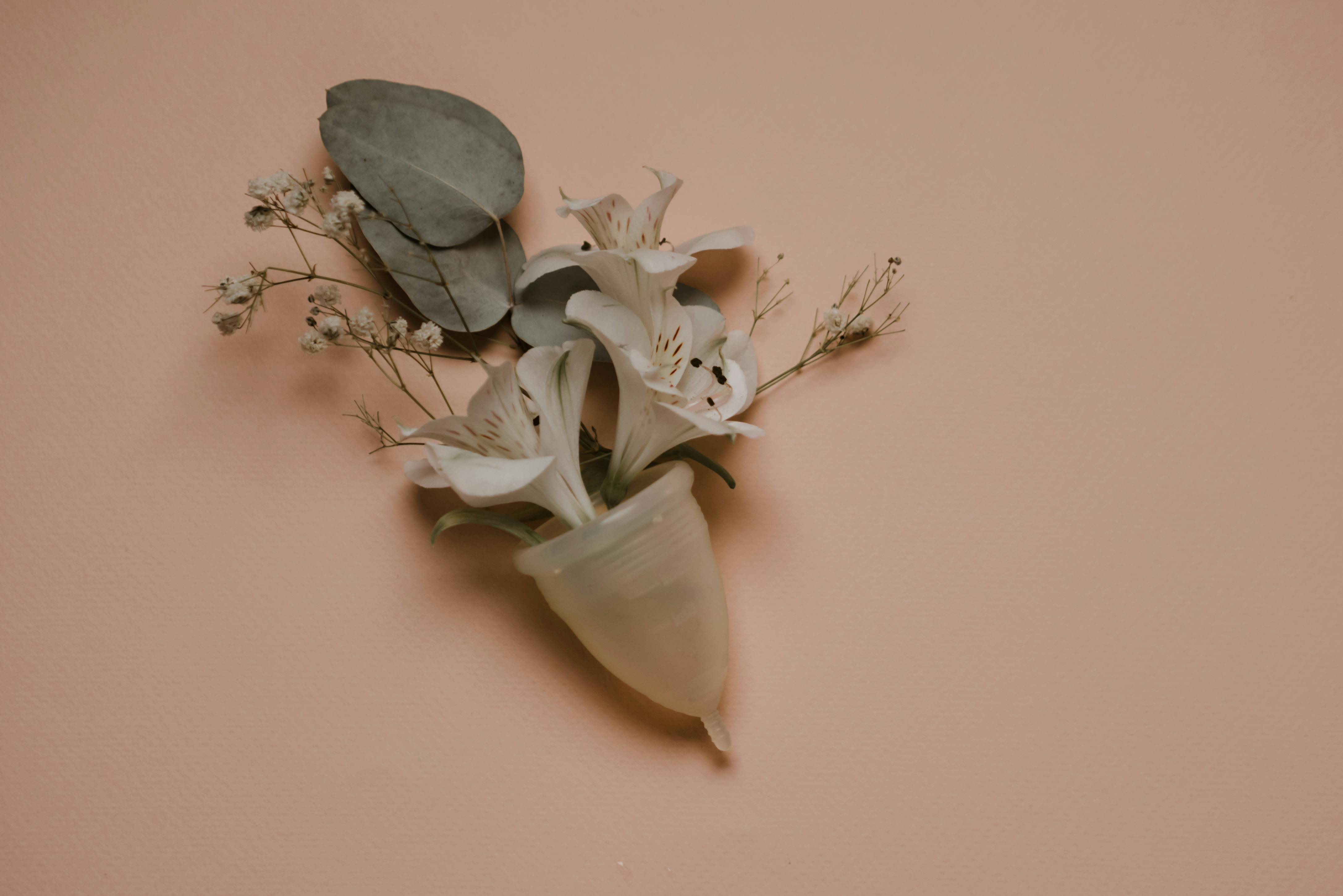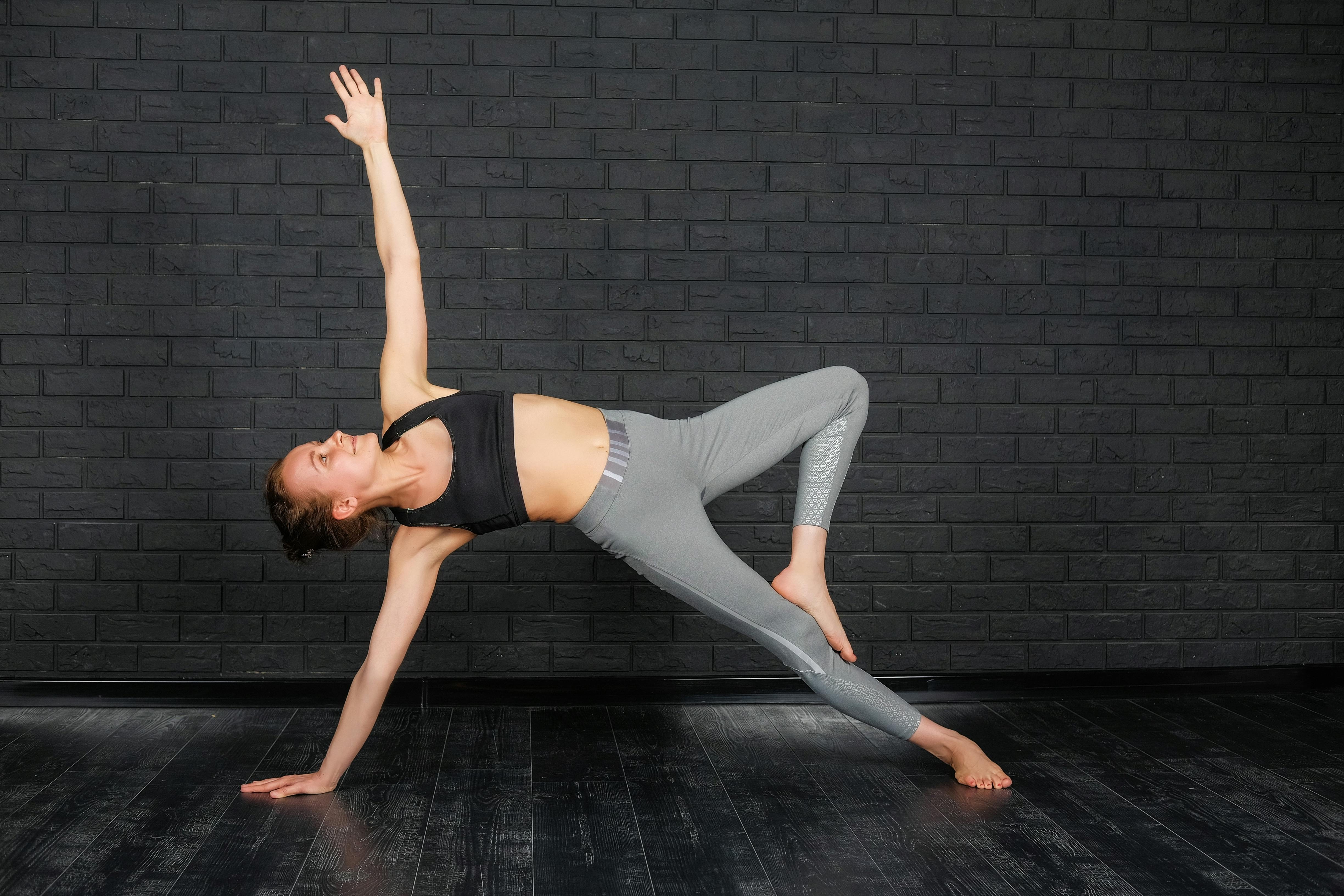You’re on a tennis court and everything looks good: your backhand is as strong as ever and your serve is impeccable. Point after point, you are winning the match. Inspired, you go back to the same court the next day and, sadly, you are faced with a different scenario: nothing works, every ball goes out and the more points you lose, the more irritable you become. Unfortunately, this scenario is all too familiar to most tennis players. If you are not a professional, you are likely to experience some degree of instability in your tennis game.
Yoga practices can greatly help to make your tennis game more stable and strong.
Meditating for just ten minutes a day can greatly improve your concentration during a stressful match and dristi (single point gaze) would prevent your tennis instructor from yelling, “Watch the ball!” For the seventeenth time during a half hour practice. Pranayama (breathing practices) increases lung capacity, so you don’t get out of breath while your tennis partner is busy carrying you from one corner of the court to the other. Regular asana practice would make you more flexible and therefore increase your reach on the court. Sun salutations make the spine more flexible, so if used as a pre-game stretch, they can greatly reduce the risk of injury.
While most yoga poses can be used to help improve tennis game, some poses are still better than others as they target tennis-specific injury and problem areas. These poses can be done both on and off the court, and of course, if you want to see rapid improvement, you should try to practice regularly.
Before starting your yoga practice, take a moment to center your breath. Inhale and exhale deeply and completely through your nose (ujjayi breathing). Try to remember to go back to this type of breathing between difficult spots during your next match. You will notice the calming and centering effect of ujjayi when stressed from a tiebreaker or losing a game.
Inhale and raise your arms in a prayer pose towards the sky. Exhale and bend forward, placing your palms on the floor, fingertips in line with your toes. Then stretch your legs, if you can. Inhale and look up. The spine is straight. Exhale and jump or back into chaturanga, bending your elbows back. Look in front of you, not down. The elbows have to be very close to the body, do not let the tailbone stick out in the air. Keep the space between the shoulder blades wide. Hold the pose for five breaths. This pose strengthens your arms and wrists, so you will never have to wear one of these pesky wrist wraps again, because practicing chaturanga will eventually give you better racquet control.
Inhale and move forward, lifting the dog looking up.
Your thighs should be a few inches off the ground. Look at the tip of your nose. Make sure the inside of the elbow is tucked forward, thus opening the shoulders. Hold for five breaths.
Up-dog is ideal for the treatment and prevention of tennis elbow. Because the pose opens the shoulders, there is less pressure on the elbow joint. The pose also strengthens the spine, arms, and wrists. It can improve your service.
Exhale and move into a downward facing dog, pushing back, stretching your legs, and trying to get the soles of your feet on the floor. Look at your belly button. Spread your fingers wide and make sure the inner folds of the elbow are still turned forward, while the middle fingers are parallel and pointing forward. In this way, tennis elbow is avoided by stretching the shoulder joint. Activate your quads and hold the pose for five breaths.
Downward facing dog is one of the best pregame stretches. Stretches the spine, the sides of the torso, the shoulders, the arms, the neck, and the back of the legs. If you practice downward facing dog regularly, you should have better range on the court and may feel lighter as you run to the net. Your ground strokes can be greatly improved with all of these stretches. If you love this pose, you are unlikely to develop leg cramps after the game, due to regular stretching of your hamstrings. The serve should become very powerful from the shoulder opening.
From a standing posture, inhale and lift your right knee toward your chest. Exhale and open your right knee to the right, placing the right sole of the foot on the inner left thigh. Imagine energy, rising through your left leg. Raise your pelvic floor inward and upward. Keep your torso straight and on the inhale, raise your arms in prayer above your head, with your forearms behind your ears in tree pose, vrksasana.
Keep your gaze fixed on a stationary point in front of you. Hold ten breaths and repeat on the other side.
Tree pose is excellent for balance and coordination, necessary for tennis. It also strengthens your back and torso muscles for great serve and works your leg muscles for ground shots and volleys.
Yoga practice can make your tennis game more stable, improving your strokes and helping your injuries. Most importantly, yoga can stabilize your mind, so you can get into the “zone” needed to win.


